Present Jewelry Stones - Part 4 (Agate, Chalcenone and Jasper)
Quartz materials (chalcedony, agate, jasper, and other quartz materials)
As I promised last time, we continue to quartz.
Quartz materials include agates, chalcedony, cornelian, jasper, cornea, silicity, ryolith, tiger eye, eye falcon and many others. For jasper, I would like to mention the fact that not all the trade name jasper is actually technically jasper, that is, hard quartz mass. Especially in Third World countries, when they are unsure of what they have dug, they will call it either Jade or Jasper, although it is usually nonsense from a mineralogical point of view. Specialists in would-be jaspers are in Peru, for example, they sell super soft alabaster or dolomite under this name :-). Since some brand names have become fully established over time, it is important to know that the durability and hardness of such stones can be different from what can be expected from true Jasper. There is even greater chaos in the beads, where, in addition to the stones themselves, various other adjustments such as coloring, cracking, baking, irradiation and all sorts of combinations come into play. Every year, there are a number of new "jays and djaspers" on the market to find out what it is, to slowly own a lab.
Chalcedony - is cryptocrystalline quartz. Humanly speaking, microscopic quartz crystals are dispersed in all directions, so you will not see a chalcedony crystal, but you can see chalcedony on whose surface quartz crystals are. Chlacedons are often found in the form of lobsters and stalactites. Like agates, there are many.
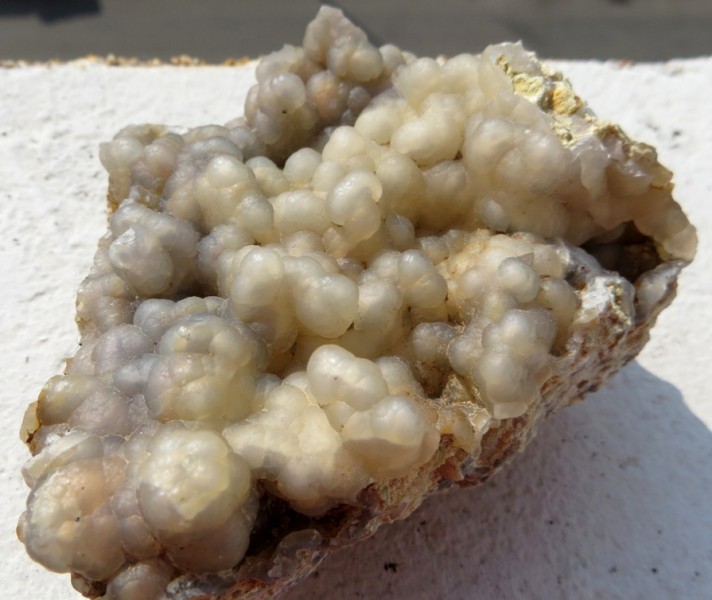 | 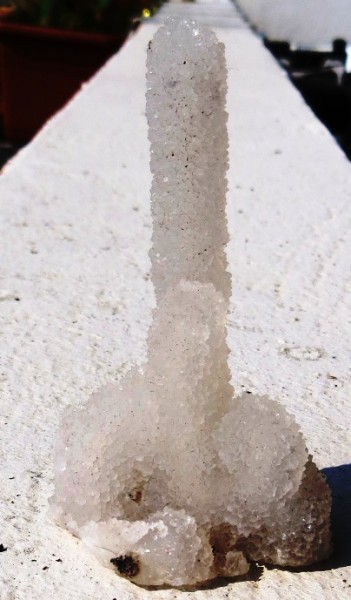 |
| Chalcedon lobbies Slovakia | Crystal Poached Stalactite India Poona |
chalcedony rose (snake eye) | |
The most popular today are the blue chalcedony from Malawi and Namibia. Their color is gray-blue to blue and is natural. The bluer, the better (and more expensive) the raw material.
There is also a fine salmon pink chalcedony from Malawi.
An interesting feature is the precious lilac chalcedony, which is also one of the more expensive ones and is located in Tanzania, Malawi, but also in Bohemia in Ahníkov.
The most exclusive of chalcedony is Gem Silica - which is chalcedony with admixture of chrysokol, originating in Peru, USA and Namibia. It combines the hardness and durability of quartz with beautiful green turquoise color. He has a fairly variable appearance and one piece is nicer than the other. It's a big hit in the US today.
afrika.jpg "style =" height: 350px; width: 350px; "title =" gem silica afrika "/> Gem Silica Namibia |
Carnelian is an orange chalcedony variety and most of them are on the market from Botswana, Brazil and Madagascar. Botswana Carnelian are often carnelian agate, and you may encounter the brand name Apricot Agate, but Brazilian Carnelian is always colored. (Unfortunately, in the market for bead and cabochons, it is unfortunately outweighed). Madagascar Cornelians are natural, quite large in comparison to Botswana, and have colors that are more orange-brown or brown-red in color.
A novelty from last year is the beautiful banded Carnelian from Tanzania, which is just like Madagascar and Botswana. So far it is quite rare.
Chrysopras is an apple to emerald green chalcedony variety. Chryzopras has been highly valued since time immemorial, and quality cabochons are sold abroad in carat prices abroad. Tanzanian pieces have a beautiful color, and relatively new translucent Australian chrysopras are also very interesting.chrysopras.
Jaspers are technically differently colored opaque chalcedony, they are characterized by earthy colors most often caused by iron oxides (yellow, ocher, brown, red, brick, khaki and dark green). They are widespread. They have hundreds of different poetic names (orbicular, breccia, ruin, Plasma, Picasso, Zebra, Heliotrope, Bumblebee Jasper, Polychrome, Ocean Jasper, etc…). . Iron oxides also impart color to them and are widely found in the Czech Republic. Due to their technical properties, jasper and ferric quartz have similar quality, so it is not necessary to dissect too much. Importantly, it is hard quartz, earthy colors you can rely on.
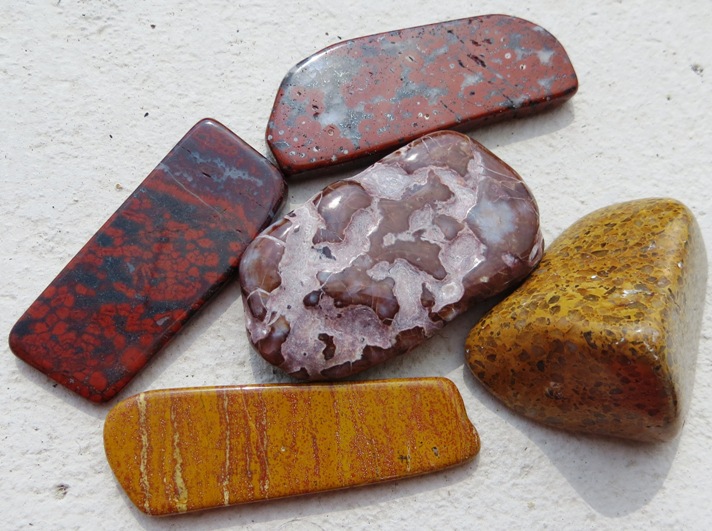 jasper and ferric quartz CR (Horovice, Dolni Kalna) | ||
An extravagant novelty has recently appeared:
Bumblebee Jasper (bumblebee jasper) is an eccentrically beautiful stone but is poisonous from the point of view. It is a mixture of chalcedony, soft arsenic sulfides containing mercury and manganese oxides. Once a similar stone auripigment was sold from China. Rather than the neck, this stone belongs to a display case. If someone still wants to wear it, it would be good to support it so that it does not lie directly on the skin. Nobody is very concerned about its toxicity, but the content of arsenic and mercury encourages some caution.
Another chapter is "so-called business jaspers", which may have completely different technical parameters, because it is something but not jasper, especially in the case of tinning, it may have a negative effect. For example, let's mention at least these (but there are many more, and they are growing every year):
Dalmatian jasper; which is actually a granite from Pune from India (which is fortunately hard and durable) As you can seethe picture, also the artificially dyed Dalmatian appeared, most often it turns blue, yellow and red, its natural color is pleasantly beige, it looks quite elegant in jewelry.
Picture jasper - this is definitely not quartz, (it is probably a much softer travertine, so it is not very suitable for rings, for example). There are more forms of picture jasper from different locations, whose composition and hardness may vary.
Leopard jasper- also a type of ryolite from Mexico, some of its parts may be quite soft, but it's not a naughty stone.
Picasso jasper - gray or colored rock with black or brown streaks (some names of quite different types of stones appear again under this name, most of them from the USA)
Noreeana jaspis - gray rock with red and orange commas. Beautiful, rather softer material.
Snake jasper - here is a limestone limestone, a soft and quite delicate stone, here be sure to watch the acids!
A number of beautiful jasper names are known from the US and Mexico, named mostly by location: Apache Picture Jasper, Sonora jasper, Lavic Siding Breciated Jasper, Outback Jasper, Morgan Hill Poppy Jasper, Spiderman Jasper, San Simeon Breciated Jasper, Butterfly Jasper, Stone Canyon Jasper, Bruneau jasper, etc. you just have to analyze it in America.
If you have an unknown stone or cabochon, bought under the name "Blablabla" Jasper / Jasper or Jade "and you don't feel it, you can do a scratch test underneath the stone with a sharp piece of crystal. If it is digging, we recommend that you put the vinegar on top of it if it does not. "Sparkling" stones will certainly react with tinning with acid when tinning to reliably remove all shine. At least 10 times a year we polish the stones that this happened to.
Agates themselves are quite a large family. Stone is usually formed by gradual filling of cavities in rock with chalcedony, opal and quartz. (Opal is chalcedony with different water content and we will talk about the opals in the next part, because they require a separate chapter in scope).
By allowing the various layers to contain all kinds of ingredients, the individual strips can be beautifully colored, that is, when you cut the so-called agate stone. Typically opal layers are the most colorful. Sometimes there is a space in which crystals of crystal or amethyst crystallize - such hollow stones are called geodes. In the Czech Republic, agates are quite common, for example, in the Bohemian Paradise you can find beautiful agate in the fields.
But not everywhere, agates are brightly colored. There are tons of beverages in Brazil, but unlike ours, they are mostly gray, translucent, and non-porous. Therefore, they learned to color them, and suddenly made a huge advantage of the lack, so a very popular article - colored agate. The agate stains the more porous opal layers and the chalcedony remains the original color. Natural agates never reach bright pink and violet color, just as you won't find a gentian blue piece in the field. However, the agate can never be colored deep, so it is stained after processing into the final products (slices, beads, cabochons) even when the color is only superficial, neošoupe se. Dyeing quality varies. Especially the slices like to enjoy the color, even in mere contact with water (most of them pink, purple and green). Keep this in mind when working with jewelry, a customer with a pink blouse that was originally white probably won't thank you! Some colored agates in the sun fade over time.
Agates include Onyx and Sardonyx. Onyxes have been dyed since ancient times (the stone was soaked in honey, where it was sucked in for a long time, then it was loaded into acid or put into fire. The black color is pure organic carbon in this way. the stone remains black wherever there are microporous layers, ie opal layers, there are also natural onyxes, rather black-gray-white, but they are very rare today (for example from Turkey). because they are virtually all colored, on the contrary, it is naturally said to be natural, and black and white feather agates are actually such a natural onyx, most of the onyxes on the market today are colored, the way is different from the ground. they do not meet the basic definition of onyx - that is, banding and black and white, but they can also be natural.
But beware, the famous onyx wall in Villa Tugendhad in Brno, not from quartz Onyx at all, but from Aragonite. For some reason, the name Onyx is also used in architecture for this type of stone (and then someone should know).
Another curiosity is the so-called Water Agates, which are agate stones (usually feathered agates), in which the water remains closed. When you shake them, they splash softly.
Sardonyx is a type of agate where red or at least brick (sard = blood) and white should occur. There are often other colors, especially yellow, black, + or others, and most often you can encounter Indian material (otherwise sardonyx is quite rare, so it is often produced by coloring).
Mossy Agate - is mostly translucent gray agate or chalcedony with green shrubs of iron oxides pyroxenes that look like moss.
agate mossy
Lace Agate (Crazy Lace Agate) - is currently one of the most beautiful agates, usually from Mexico and has a filigree soft drawing.
Dendritic Agate - is an agate with various twig formations. There are many locations.
Agate plume is typically American material - beautiful agate with shrub formations usually white in color, but not only.
Fiery Agate is another less known agate, although by name you might think you know it. Fire agates have a metallic pearly effect in the brown and cinnamon layers, and it is one of the most exclusive agates.
Fire agate is rarely seen, but the so-called Fire Crackeled Agate, published as fiery, is very common. Especially with us in the Czech Republic, the sellers made it Fire Fire Agate, although the correct translation of its name is: A hot cracked agate; it is an agate cracked by heat in the furnace and then dyed red-orange, so that the color flows into the cracks, and as the name implies, the heatcracked, but that wouldn't sound so good. So the Czech glass balls of snitch have their stone brother - agate snitch. You can find them in different color variations that get their poetic names like dragon agate and the like. It is a very attractive material, but it is by no means a fiery agate! It is simply cooked and dyed.
There is also a natural cracked version of chalcedony, which is sold under the name Snake Skin Agate - ie Agate Snake Skin. Due to the extreme conditions in the desert on the surface, the stone was weathered and cracked, and after its partial grinding of the weathered layer in the tumbling machine, it gains the effect of snake skin. Czech snake skin was also found in Staré Paka. Rather than - agate, it's just chalcedony because it usually has no layers.
- N – natural (natural
- H (heated) burnt
- MM (manmade) man-made, man-made
- Thus, R (reconstructed) usually bonded / reinforced with resin
- I (irradiated) irradiated etc.
Other quartz materials
Quartz fossils made of chalcedony - such as fossilized woods, fossilized cones, fossilized dinosaur bones, fossilized shells, etc. In Bohemia, Morocco, Madagascar and the USAin other countries there are siliceous woods, dinosaur bones, fossil cones, fossil peats, etc. It is a very attractive and interesting story material, plus great technical features. However, there are many fossils that are filled with substantially softer minerals (especially calcite or aragonite).
Quartz Cobblestones and Stromatolites, (also non-quartz), such as nice quartz stromatolites, are located in Mítov in western Bohemia. Stromatolite is simply a fossilized seabed with layers of algae, and the drawing in it consists of layers of pra-microscopic organisms (algae - algae). The cobbler is then a rocky rock of gray or black in the Czech Republic, which is abundantly represented (for example, the rocks in Prague Šárka). Even the one used for the arrowheads, so we mention it, because on the cobbler cabochon or bead rather not hit.
Tiger eye and tiger iron. I probably don't need to present these stones in detail because I'm sure you all know them. It is a quartzite fibrous mineralkrokdolit. In the Czech Republic, the name "Bull Eye" and "Falcon Eye" are used for the red variety. A separate chapter is the rare Pietersit, which is ideally a natural blend of all three meshes and jasper, and looks a bit like someone threw them in a blender and then let it solidify (but most often we encounter a monochrome form that is equally beautiful). It was discovered only in 1962, in Namibia.
Silicit - Cornea and flint. Flocks are not exactly the most typical jewelry stones, but are popular in the form of arrowheads from the Stone Age. Silicit is then a beautiful banded combination of flint and general opal (kashalongu) originally from Poland. The Poles greatly appreciate their silicite and even donated the Queen of England to the luxury necklace of this stone. Interestingly, in the graves all over Europe, striped "de luxe" flints were found there, and no one knew where they came from, when one day a tractor fell into a prehistoric quarry in Poland, it was clear. we can enjoy them again.
Ryolites (a rhyolite containing 70% quartz) include the well-known green-orange rhyolite, or the green Kambala jasper, (or Nebula jasper) from Madagascar, the lesser-known Tinguait of Russia, the leopard jasper of Mexico, and the wonder stone of Utah. They are interesting, hard stones, only Tinguait does not like acid processing, despite being veryhard.
This is all for today's meeting with stones and in the next part we will look at non-crystalline quartz materials - Volcanic Glasses, Tectites, Vltavines, Indochinites and especially the most numerous Opals.

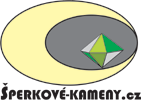

 (0) - 0,-
(0) - 0,-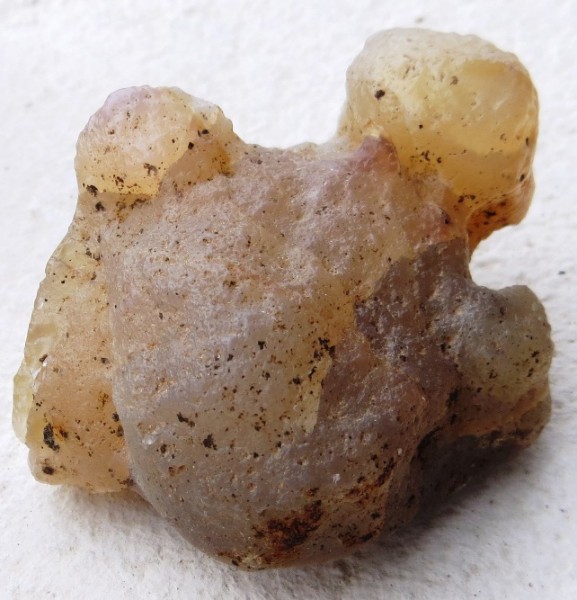
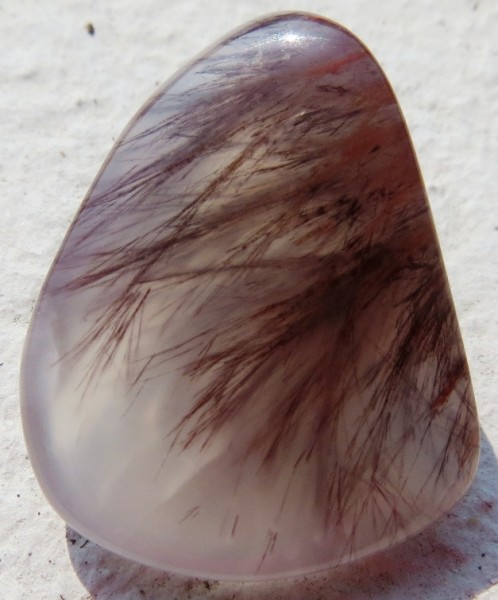
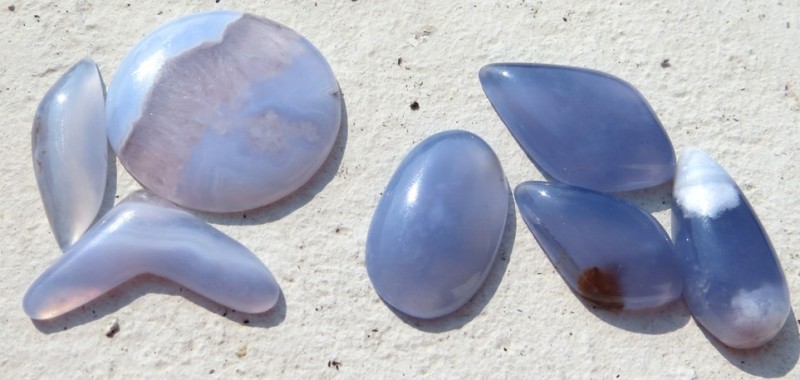
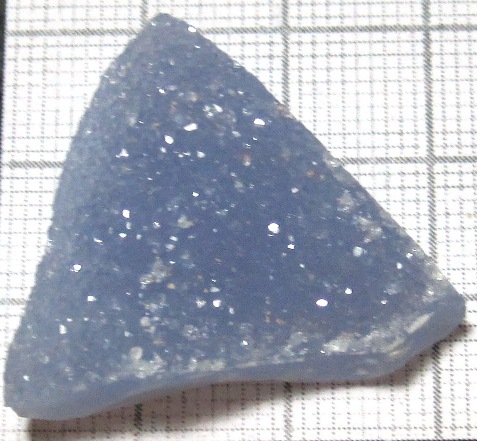
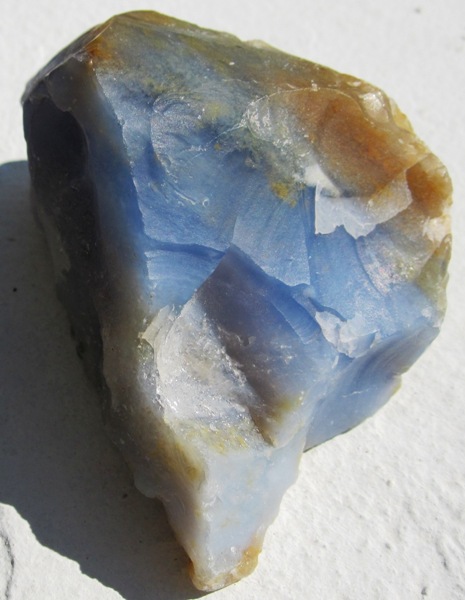
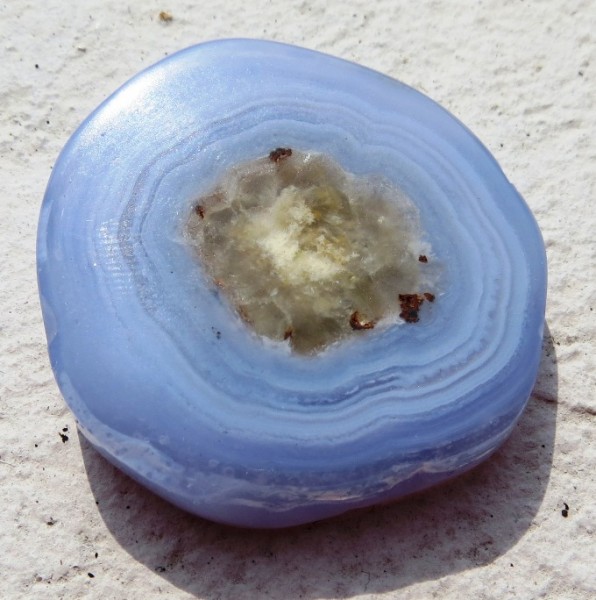
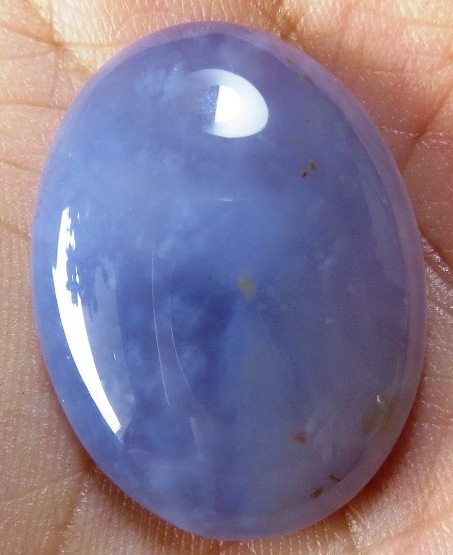
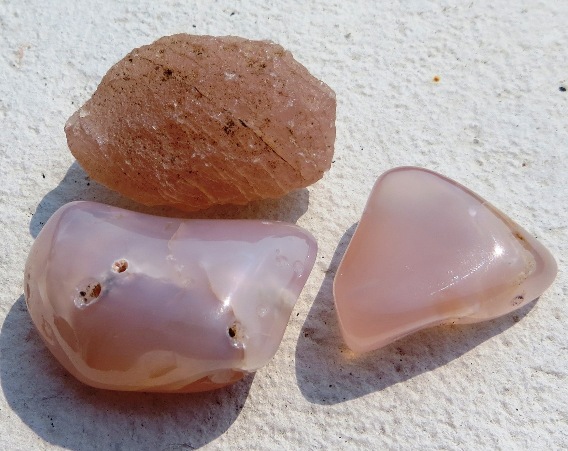
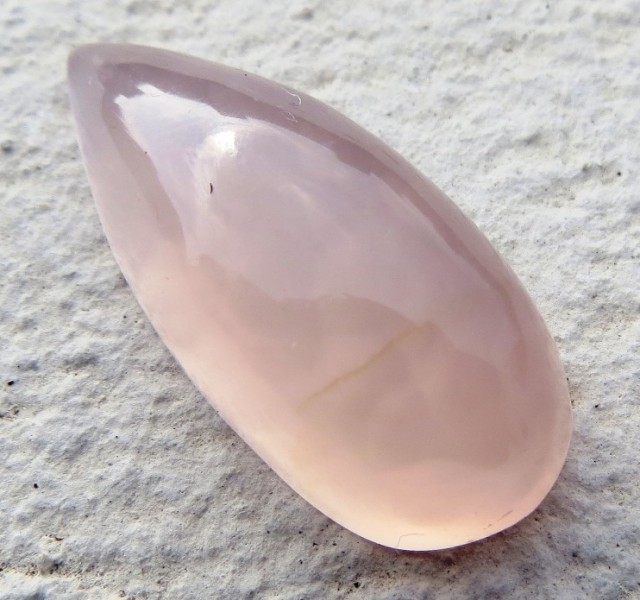
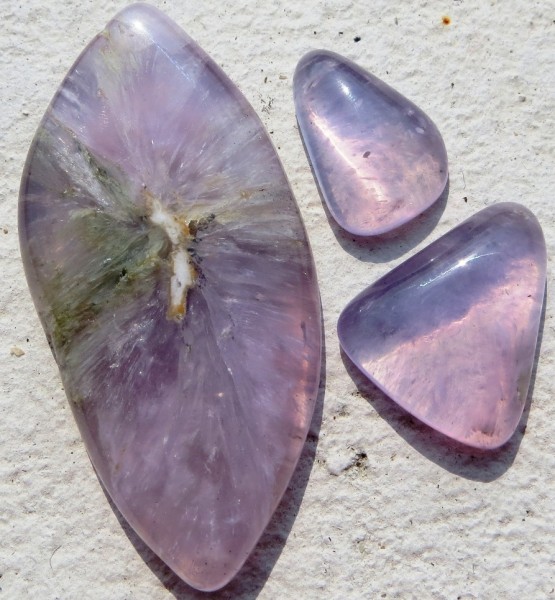
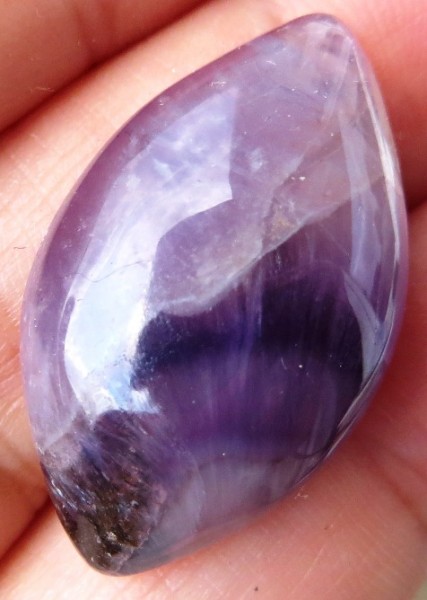
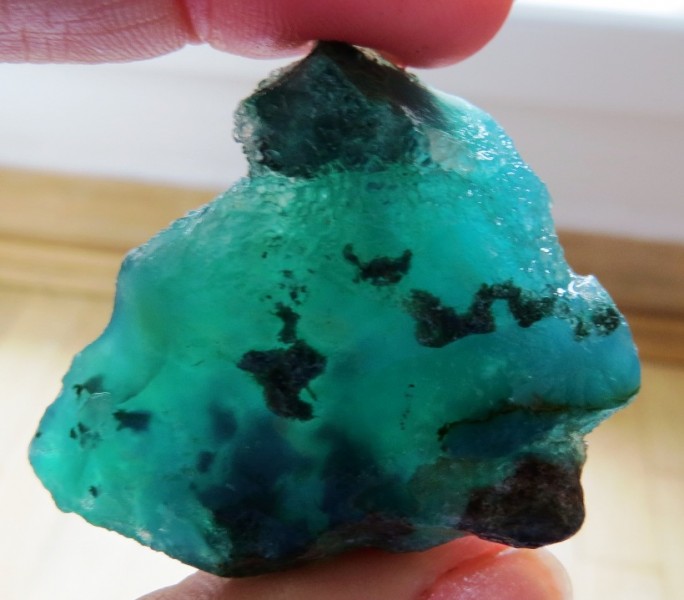
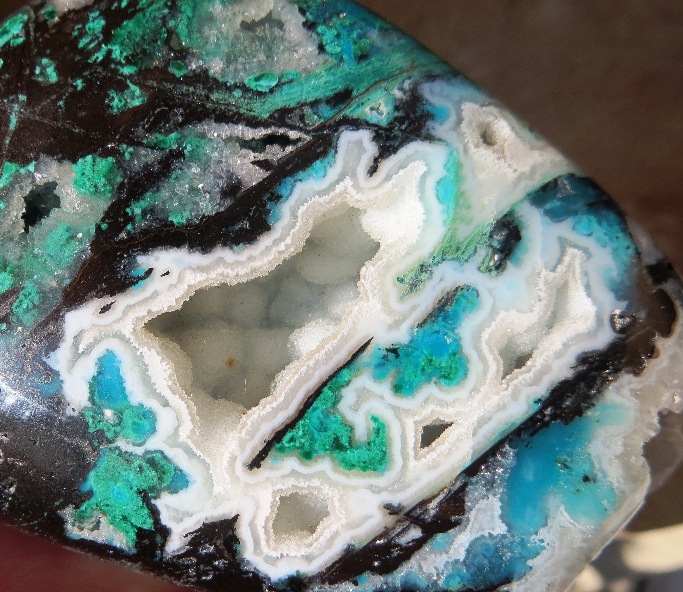
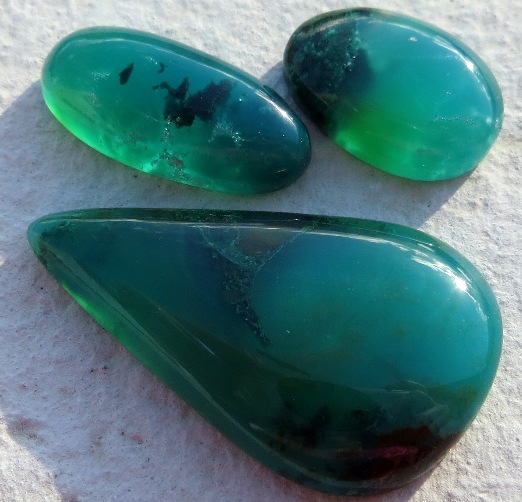
.jpg)
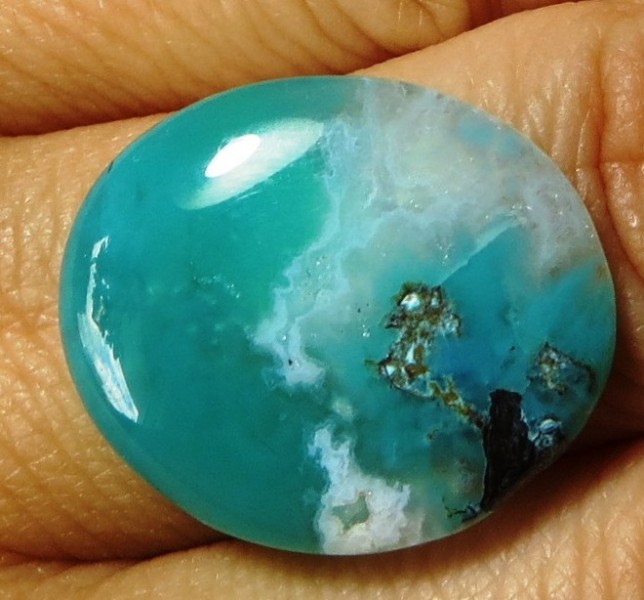
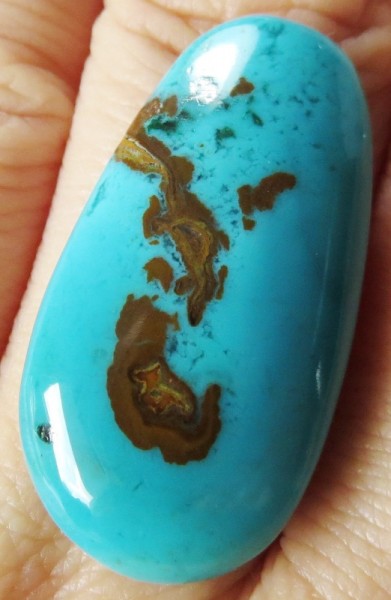
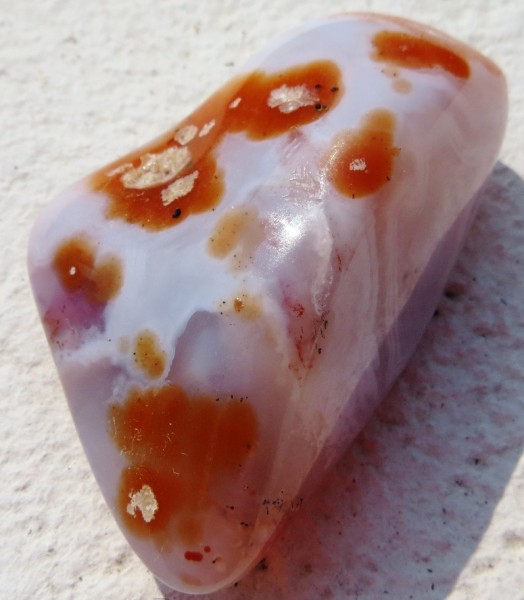
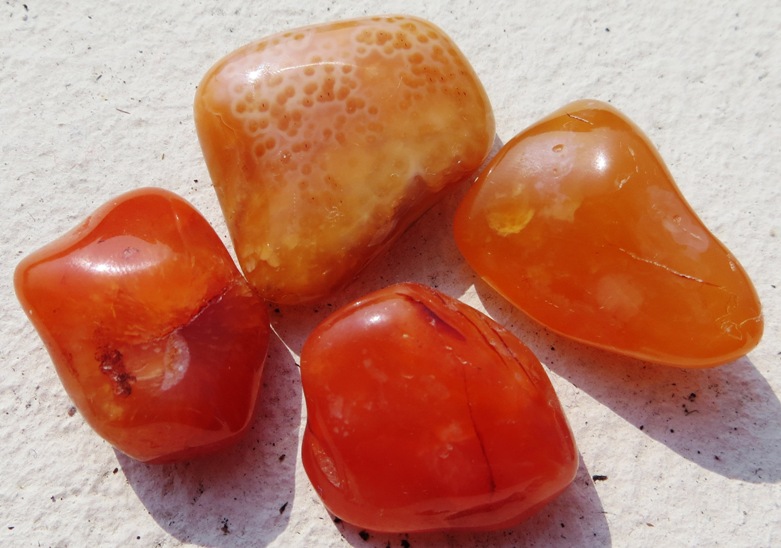
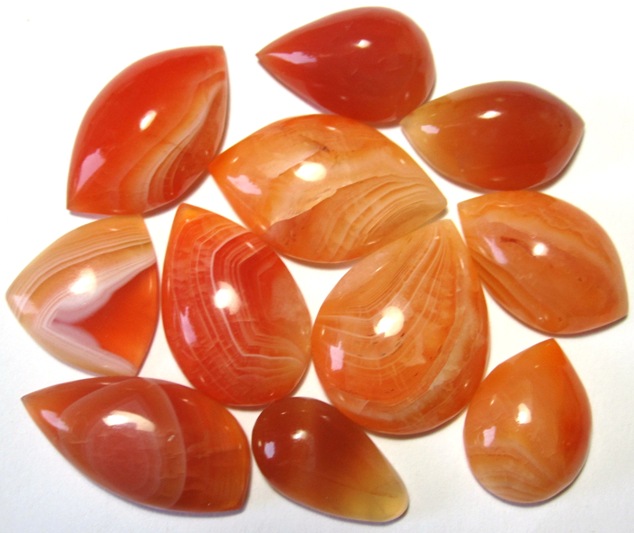
.jpg)
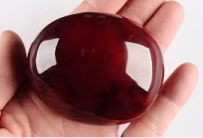
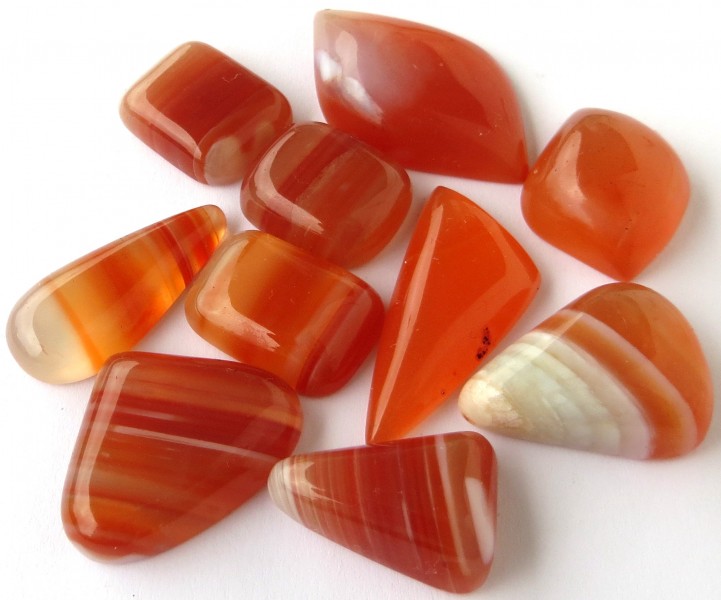
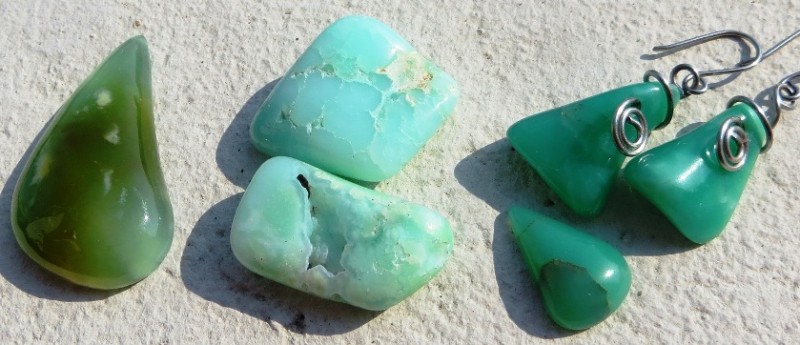
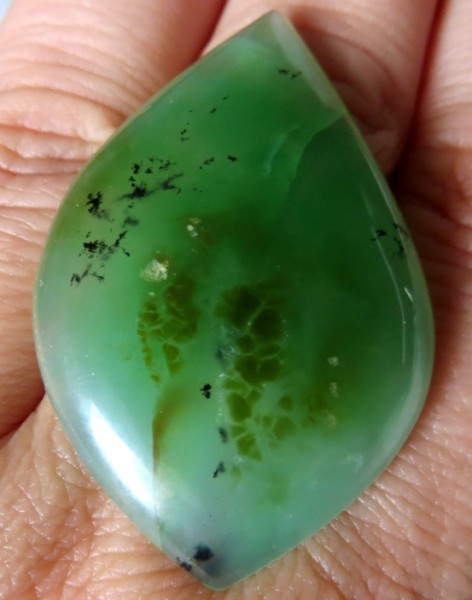
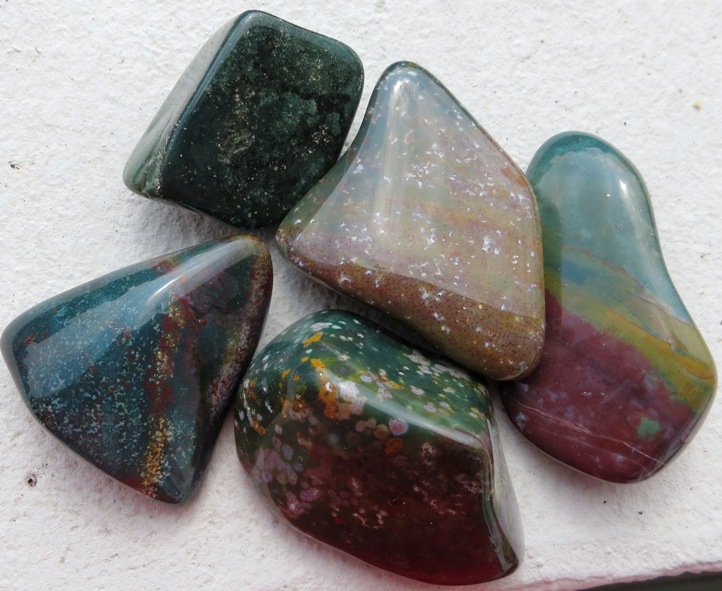
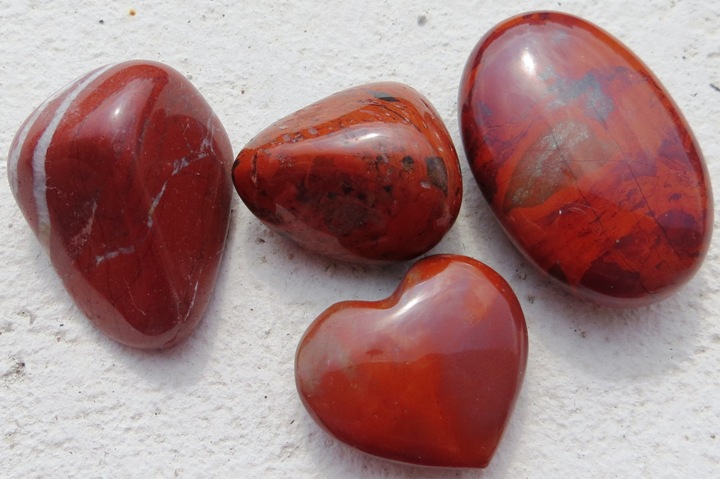
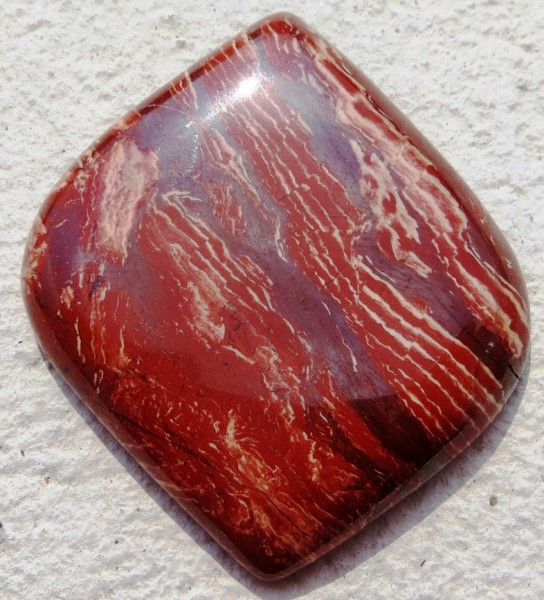
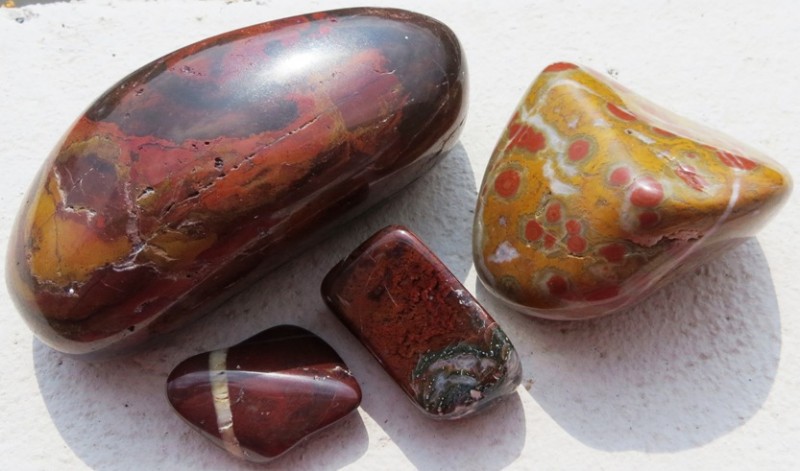
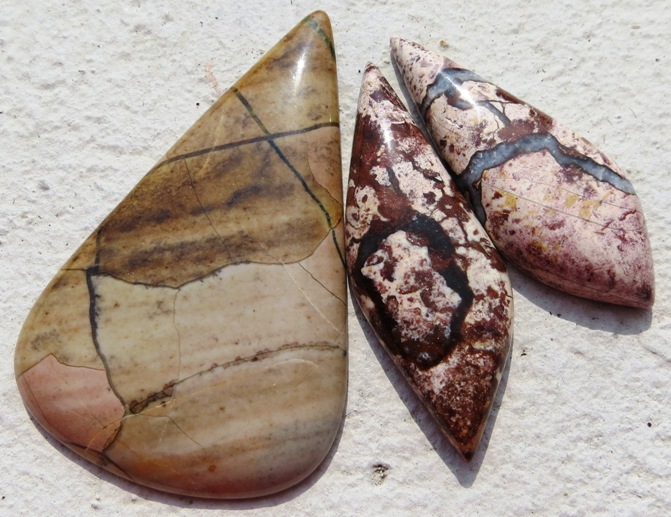
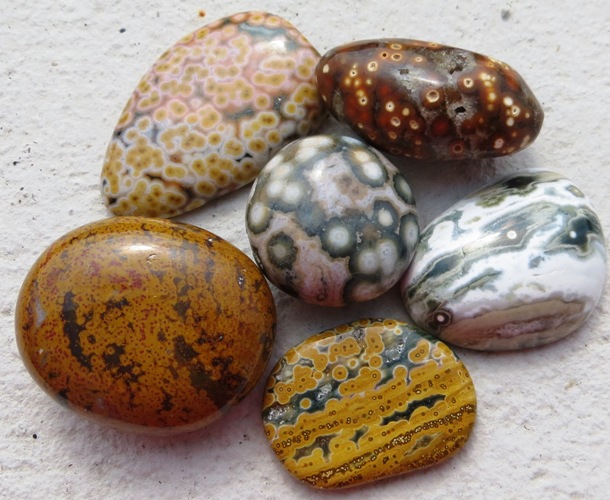
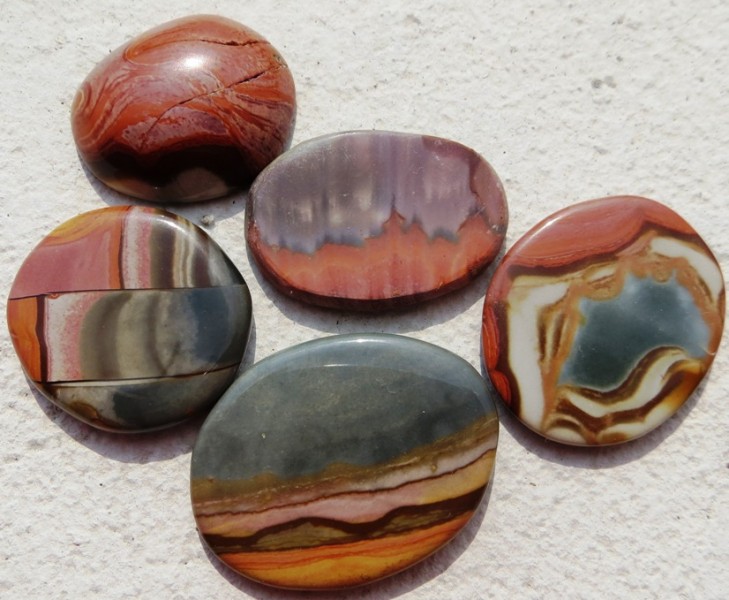
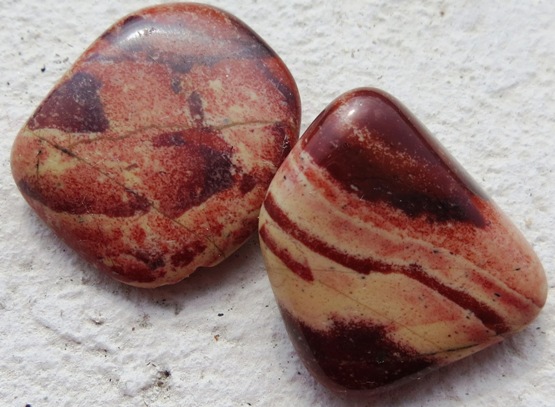
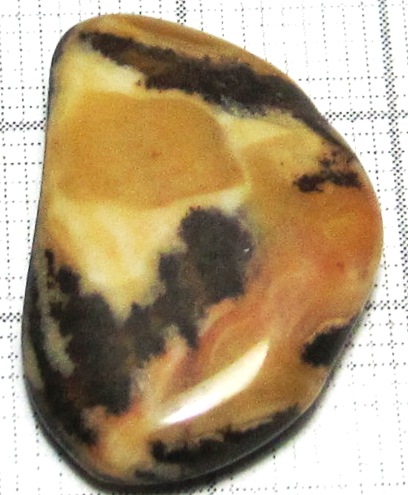
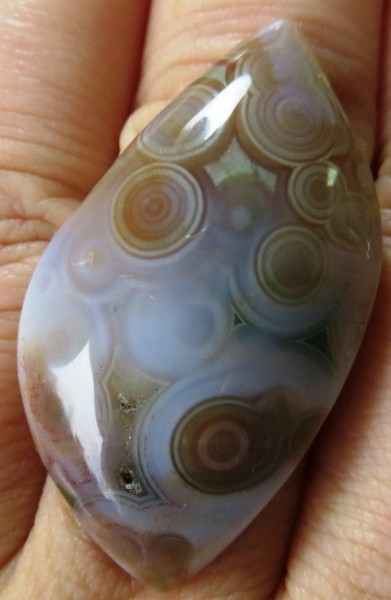
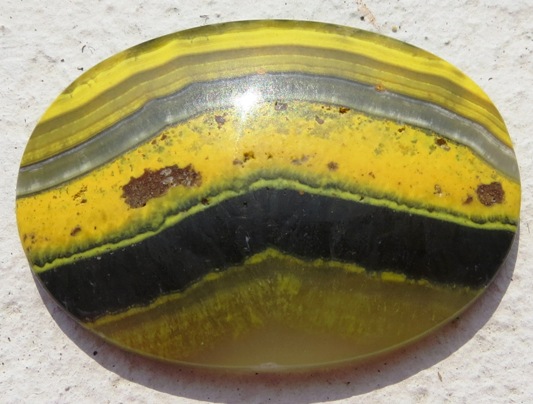
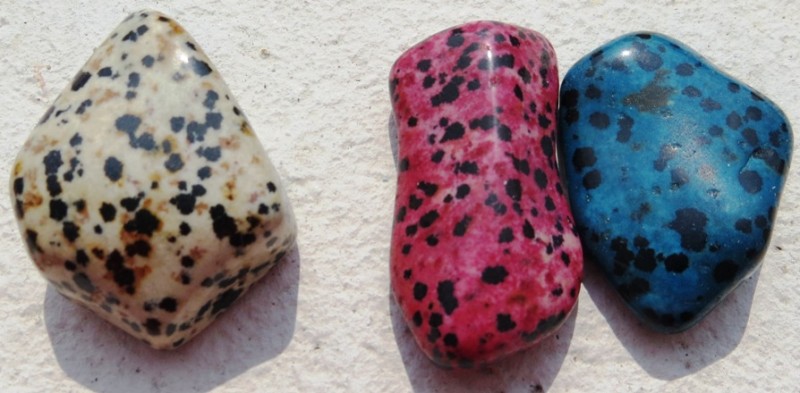
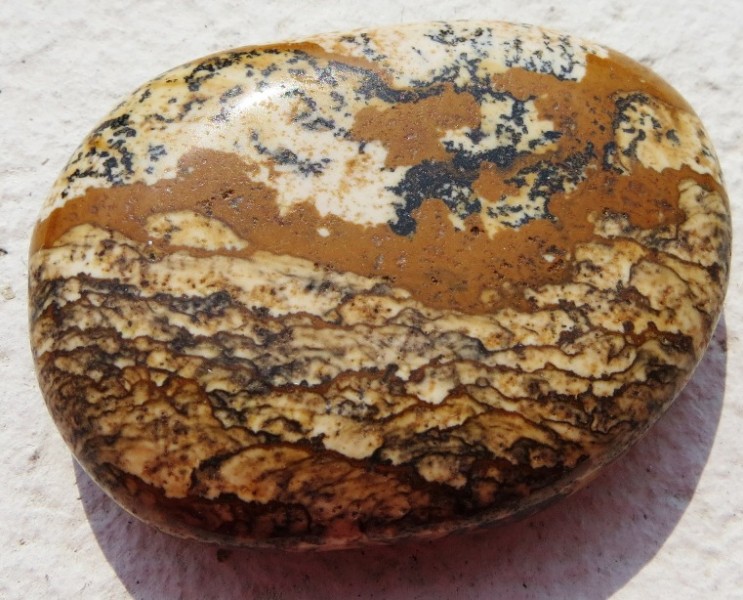
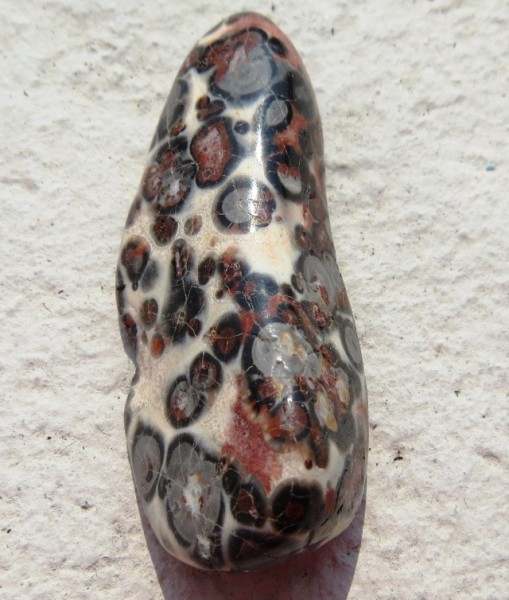
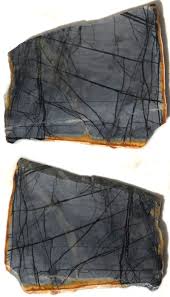
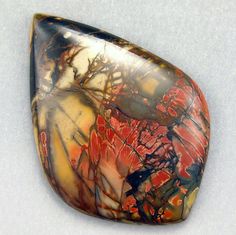
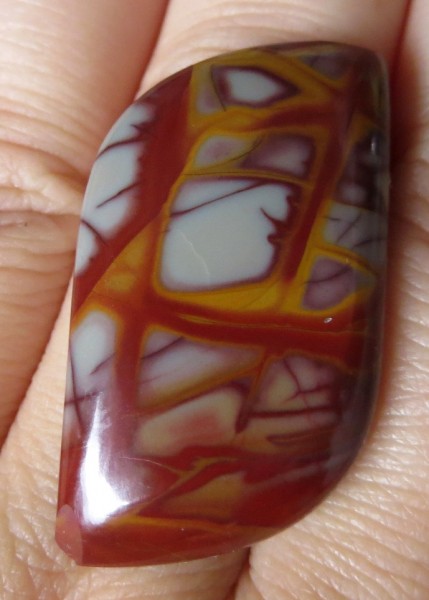
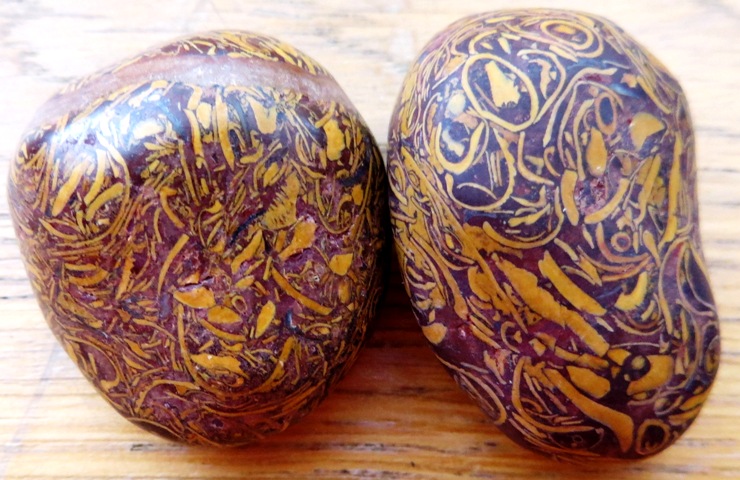
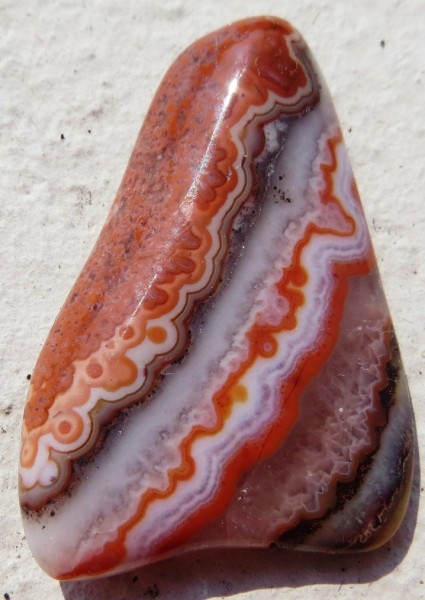
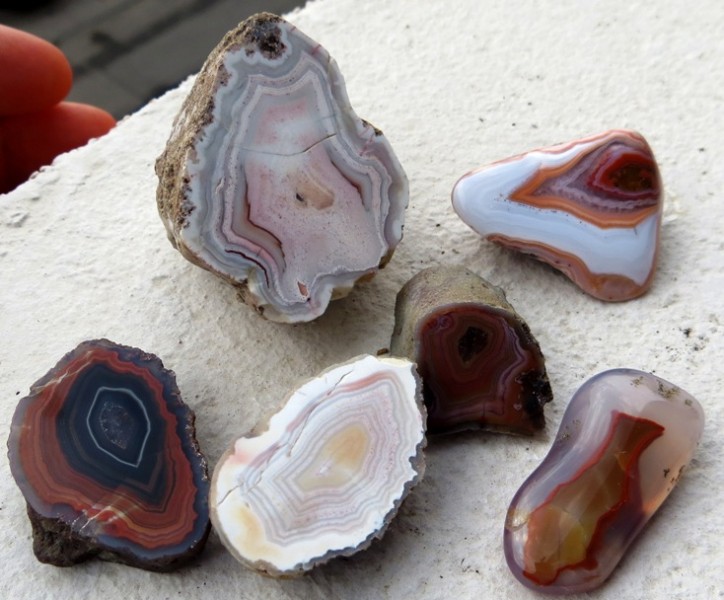
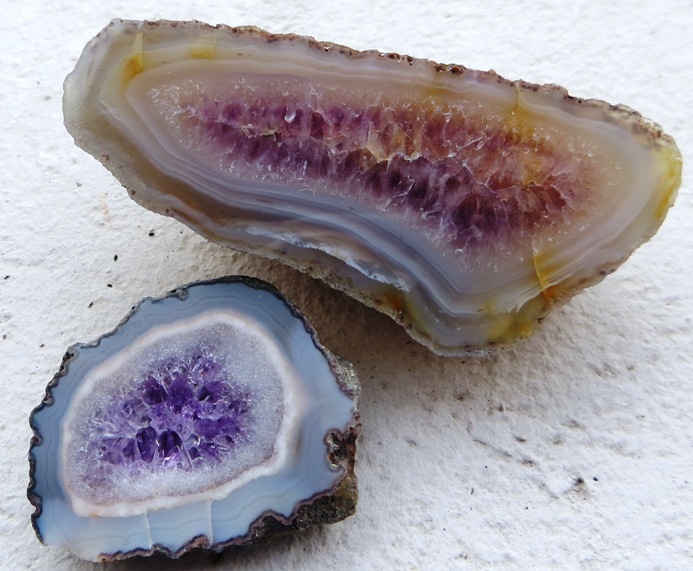
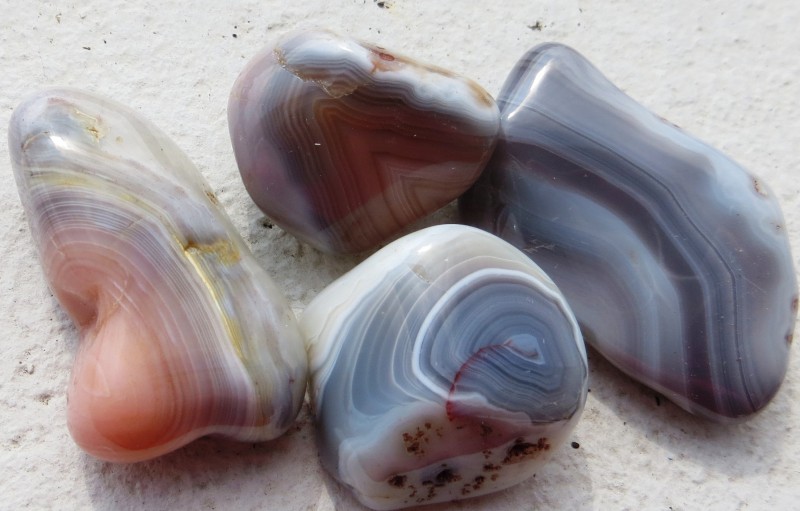
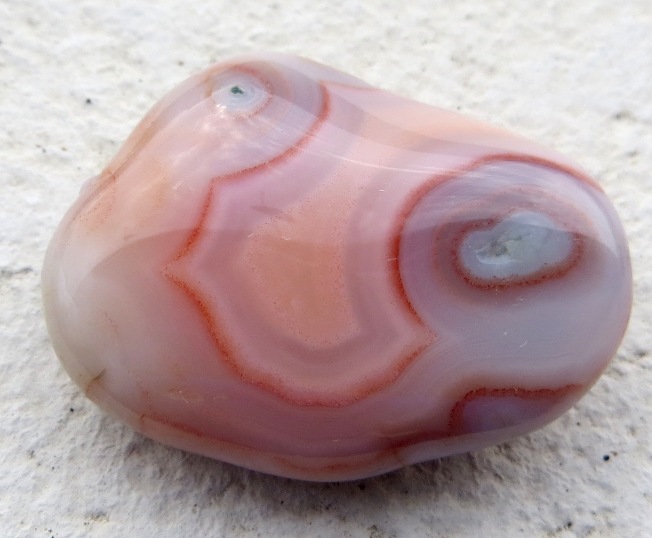
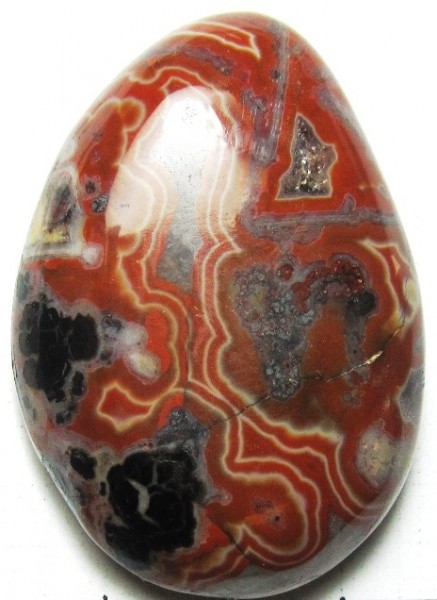

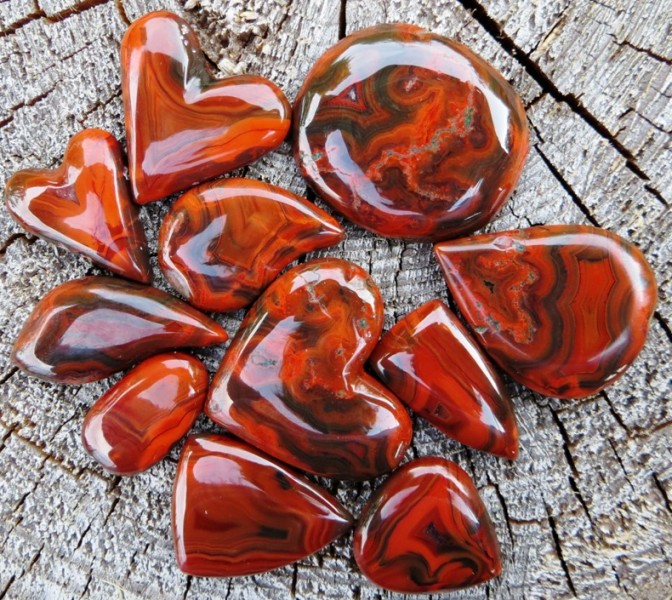
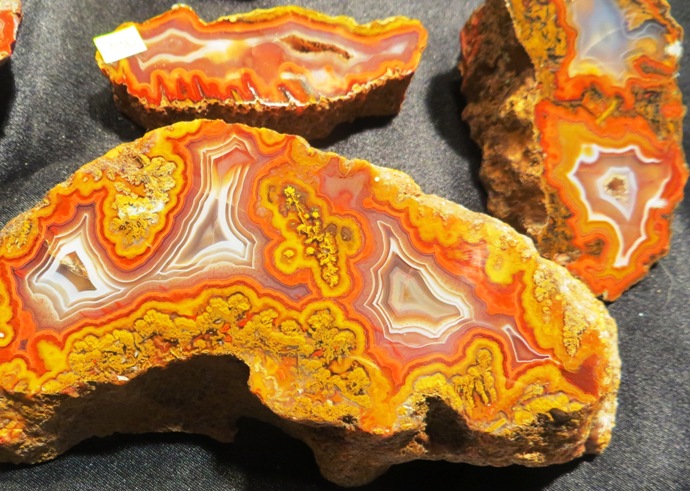
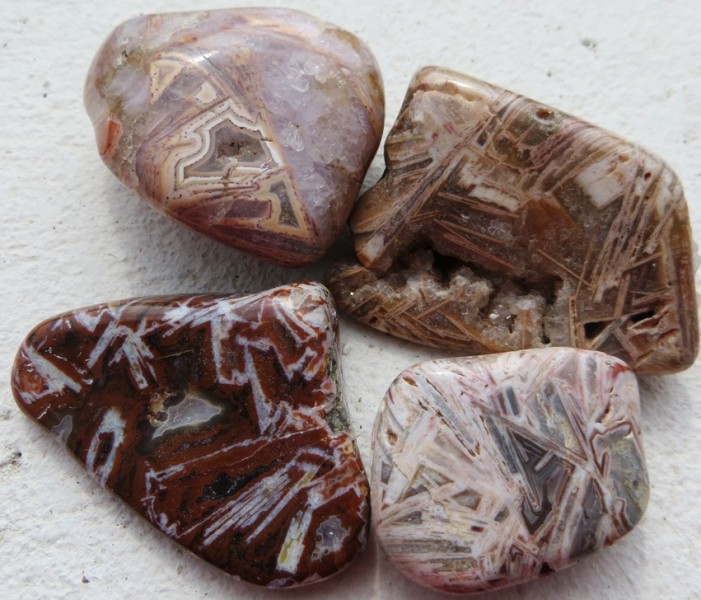
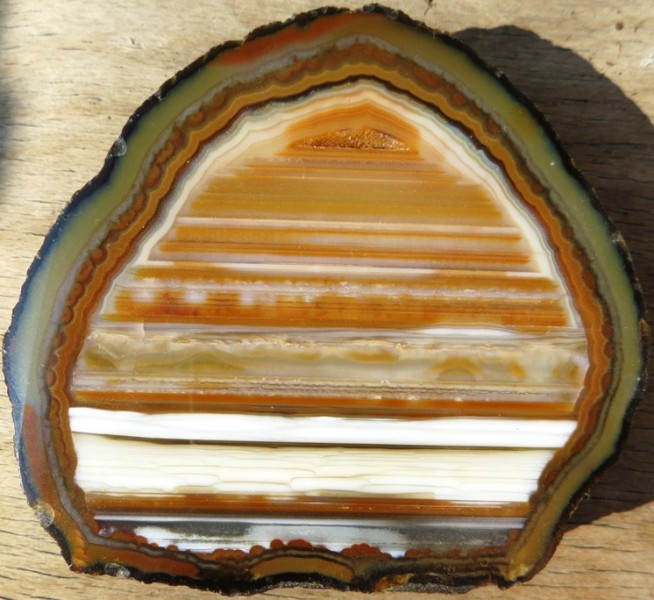
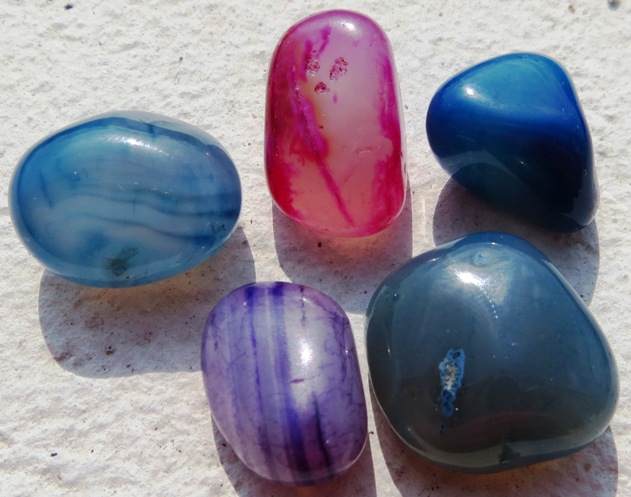
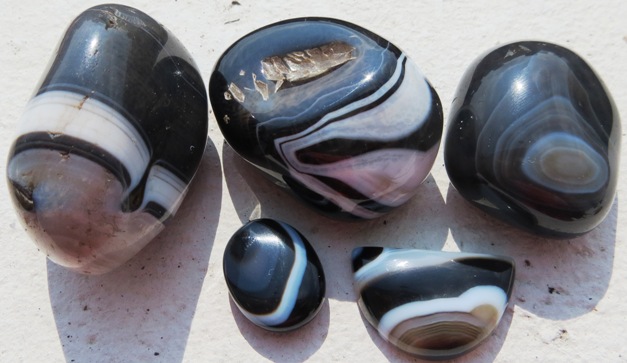
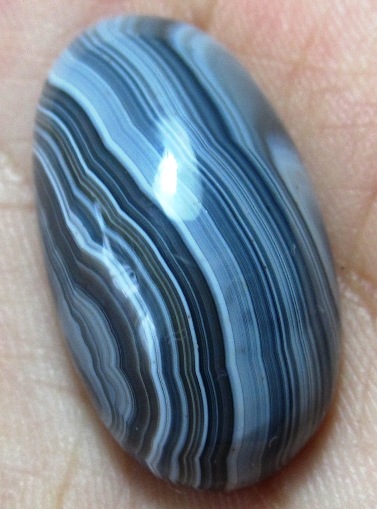
.jpg)
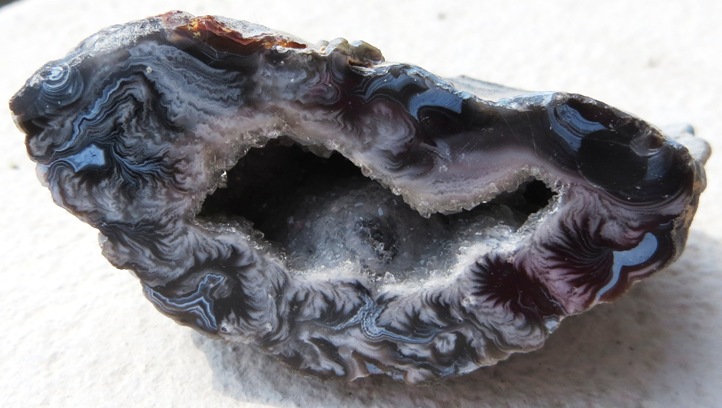
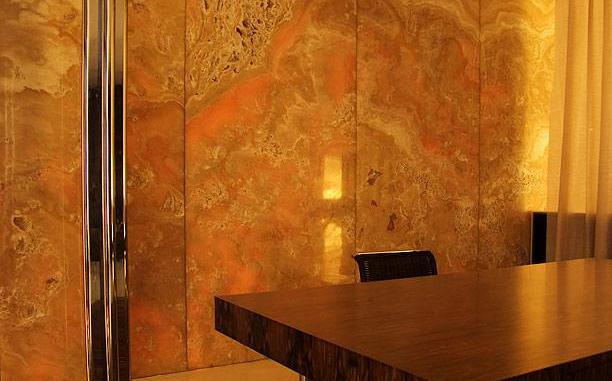
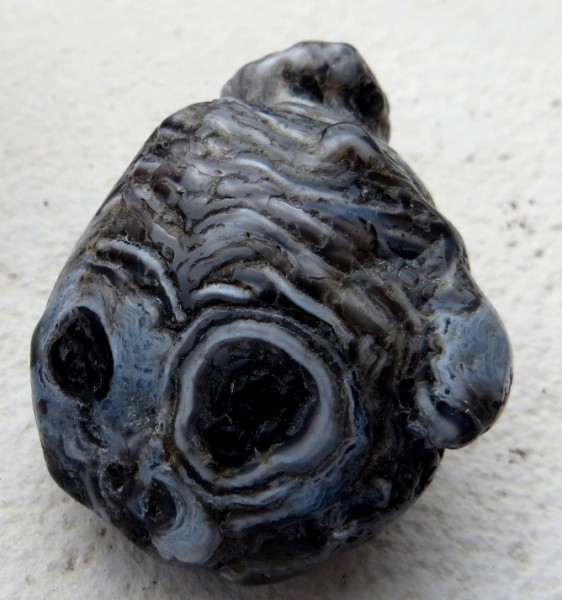
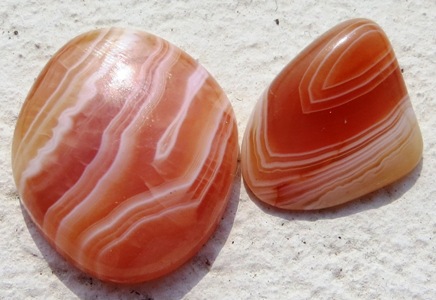
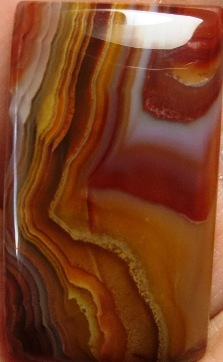
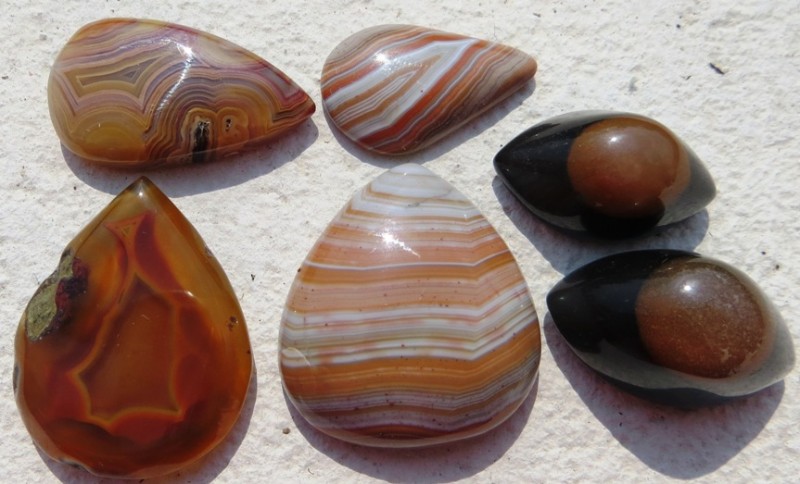
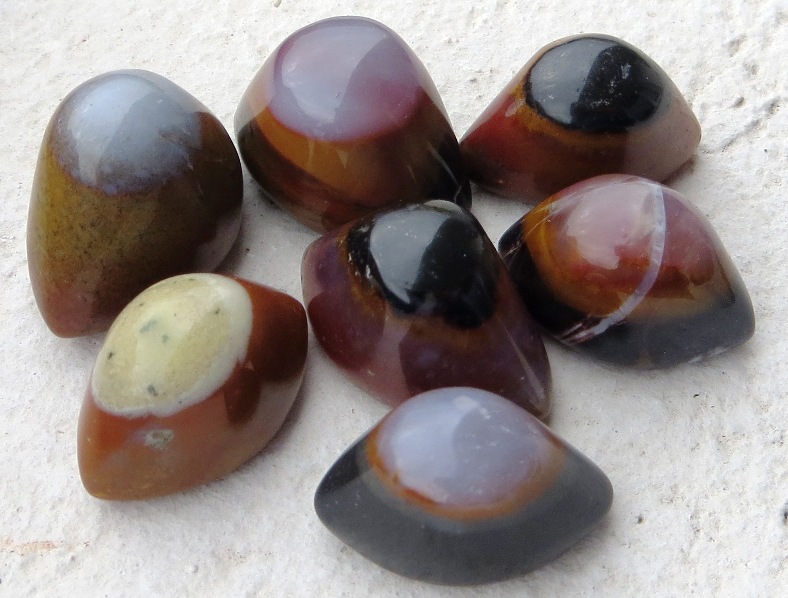
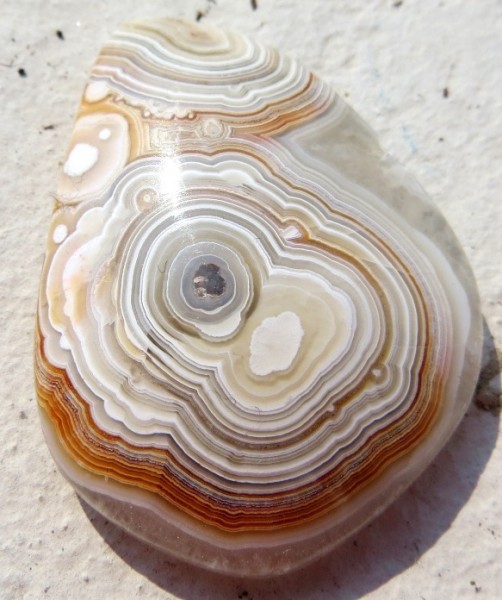
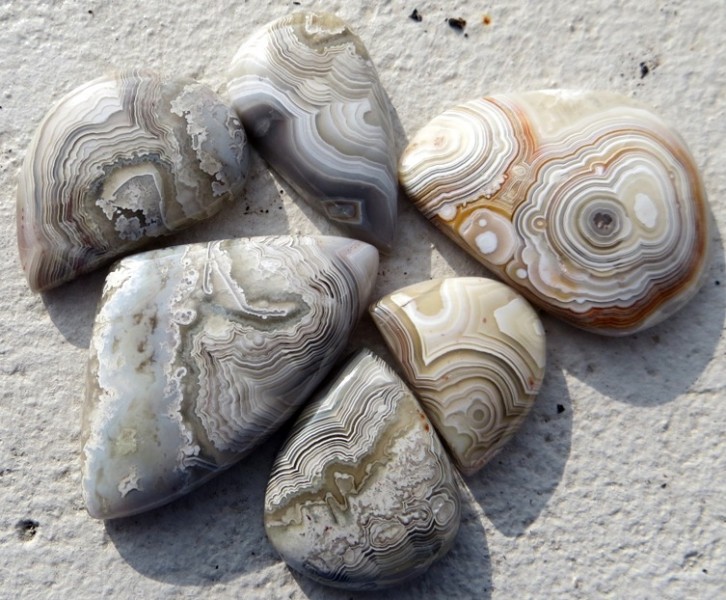
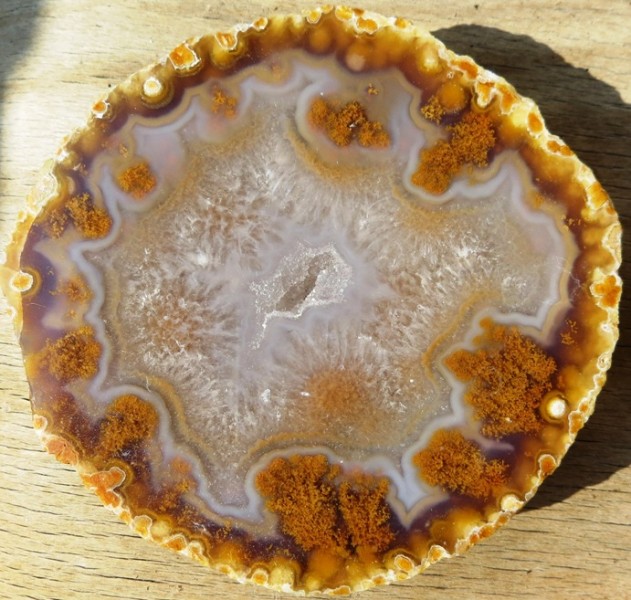
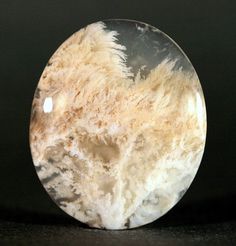
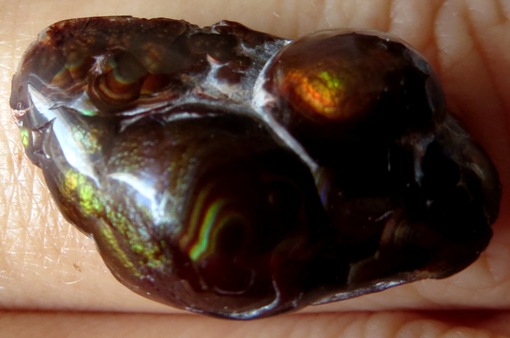
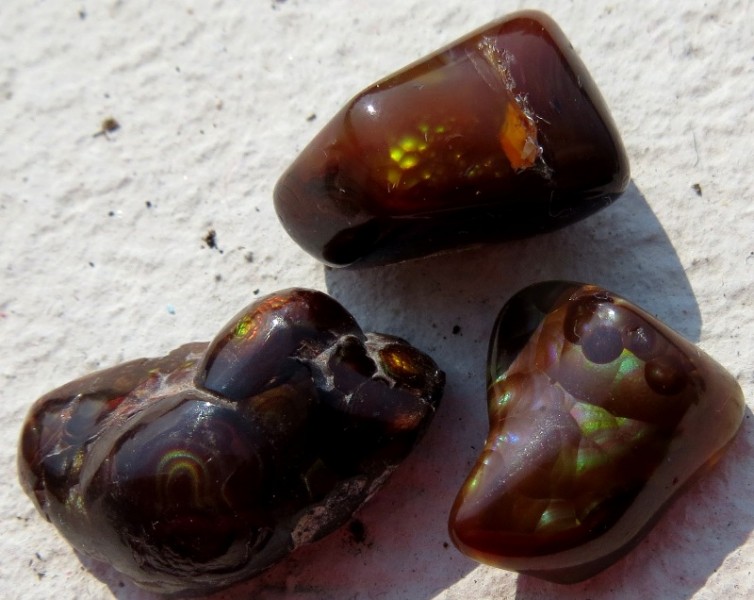
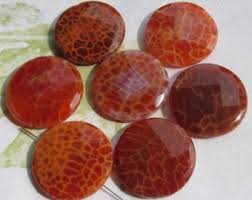
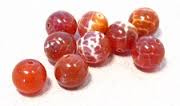
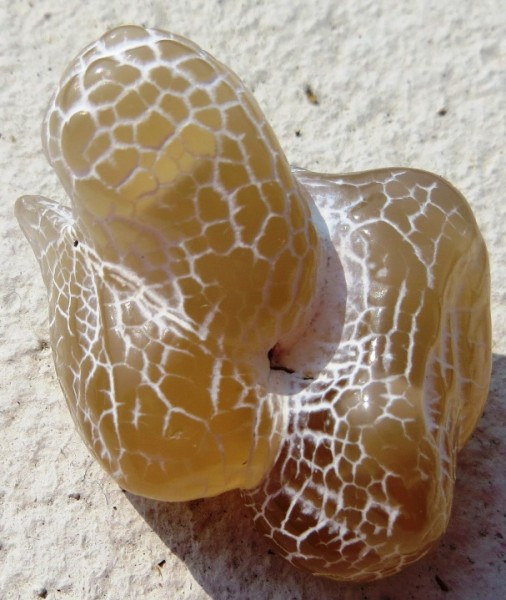
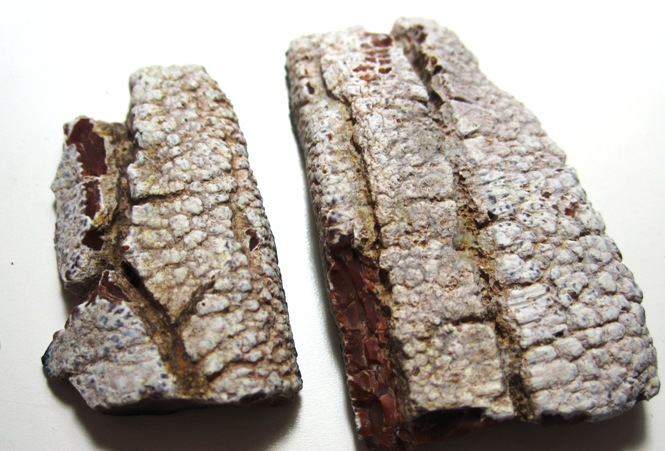
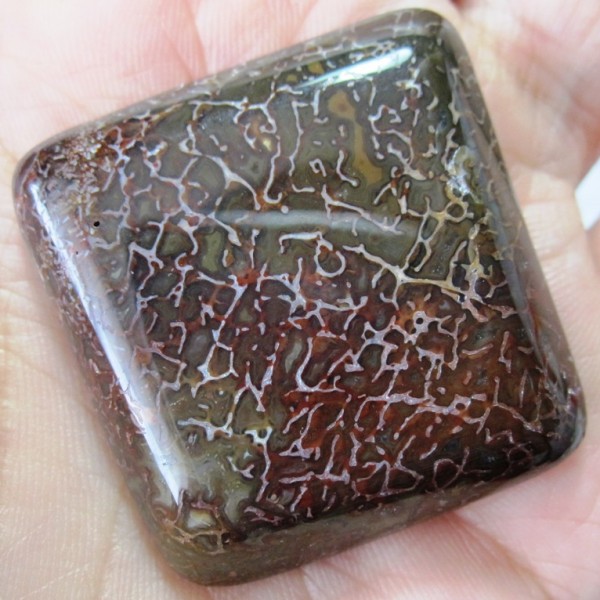
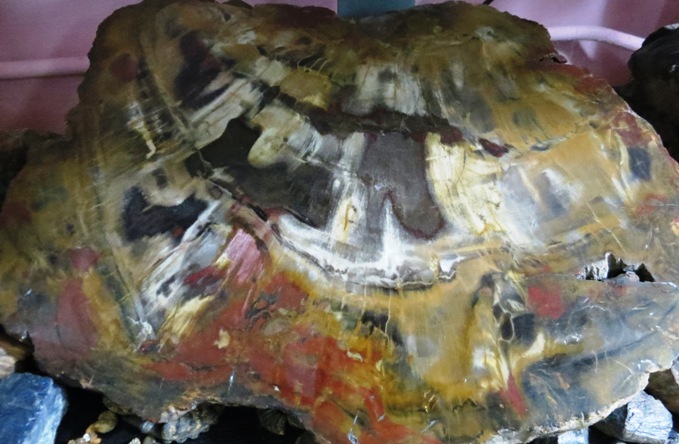
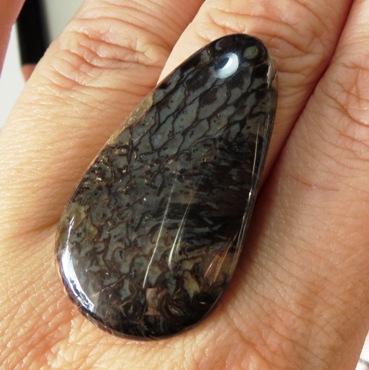
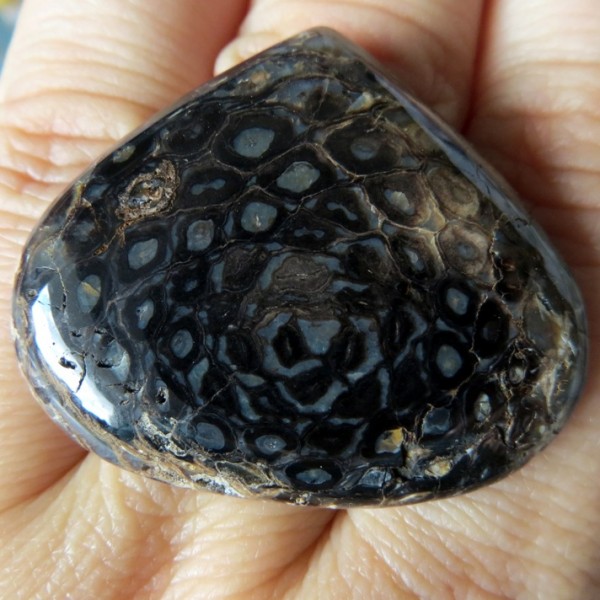
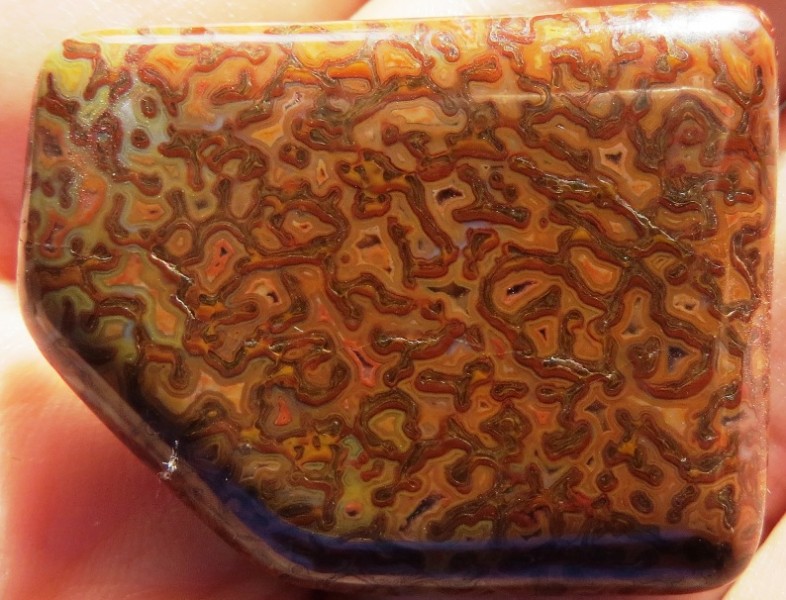
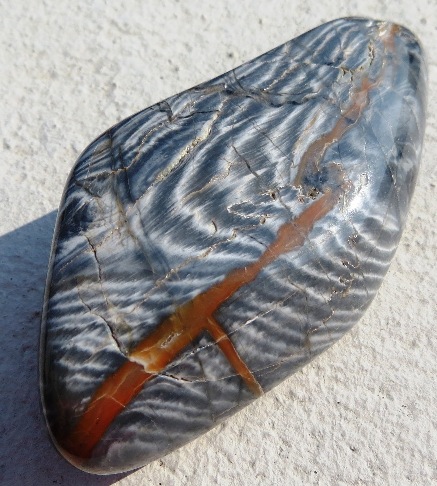
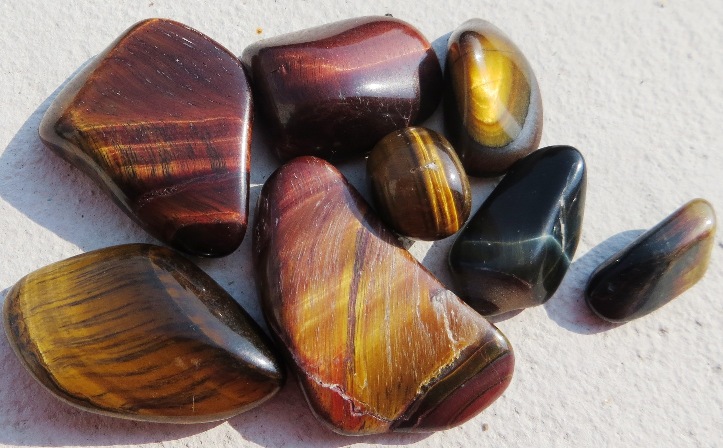
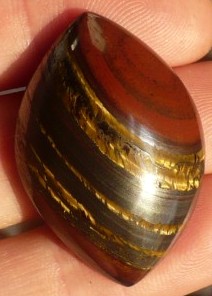
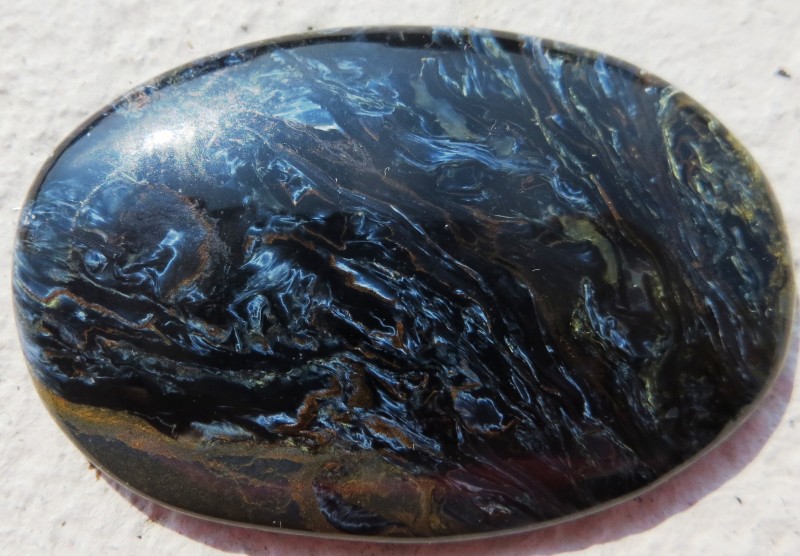
.jpg)
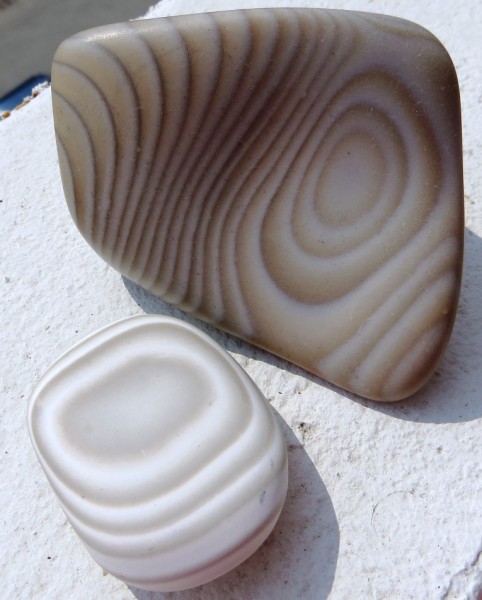
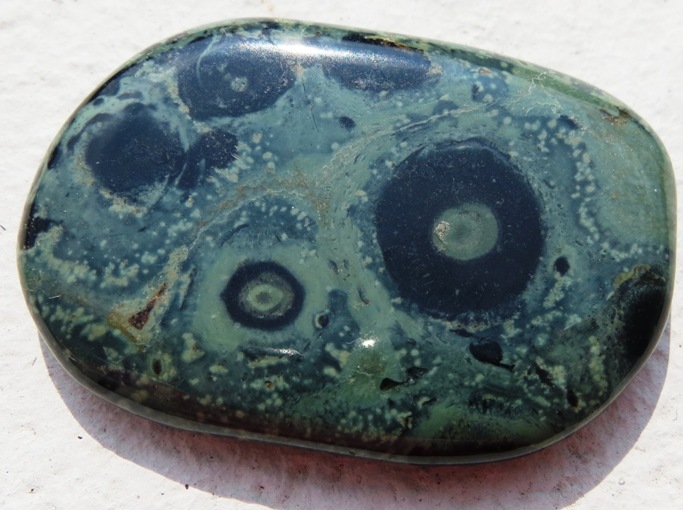
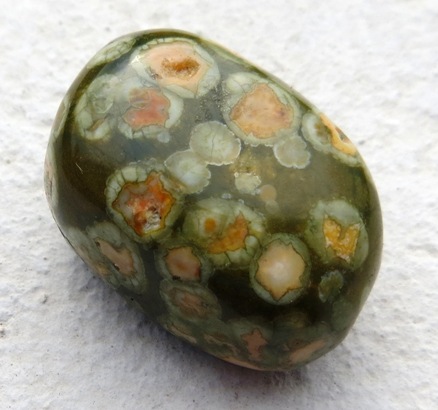
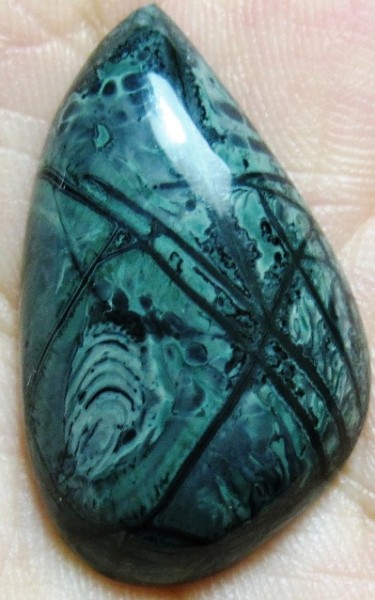
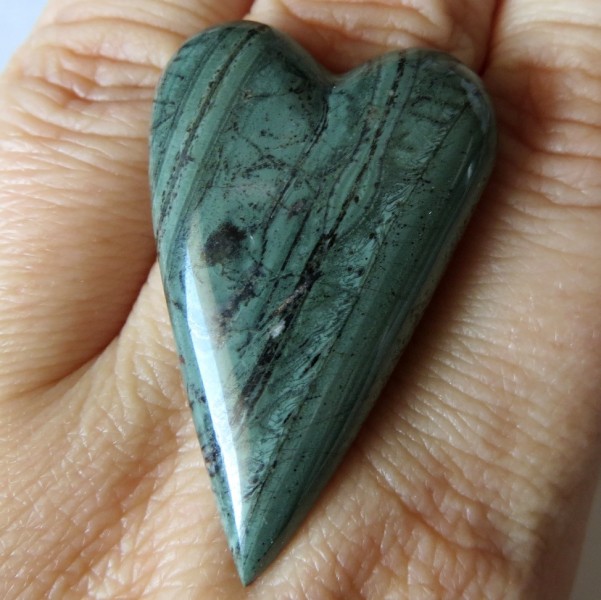
.jpg)

